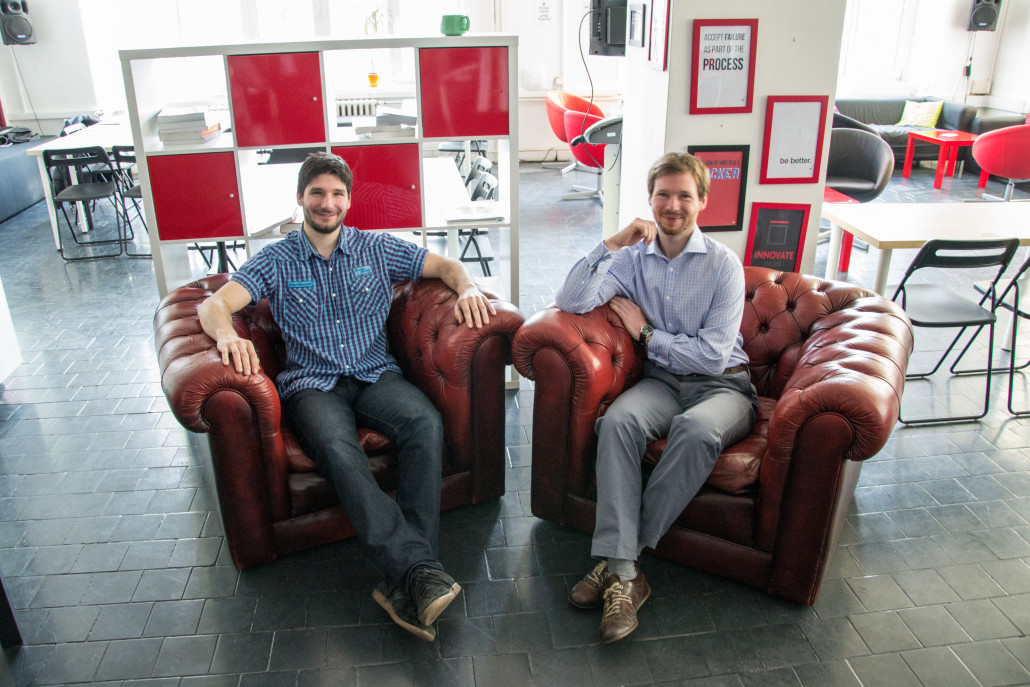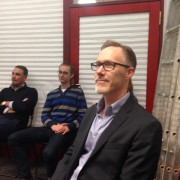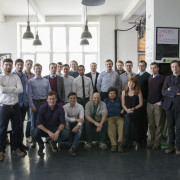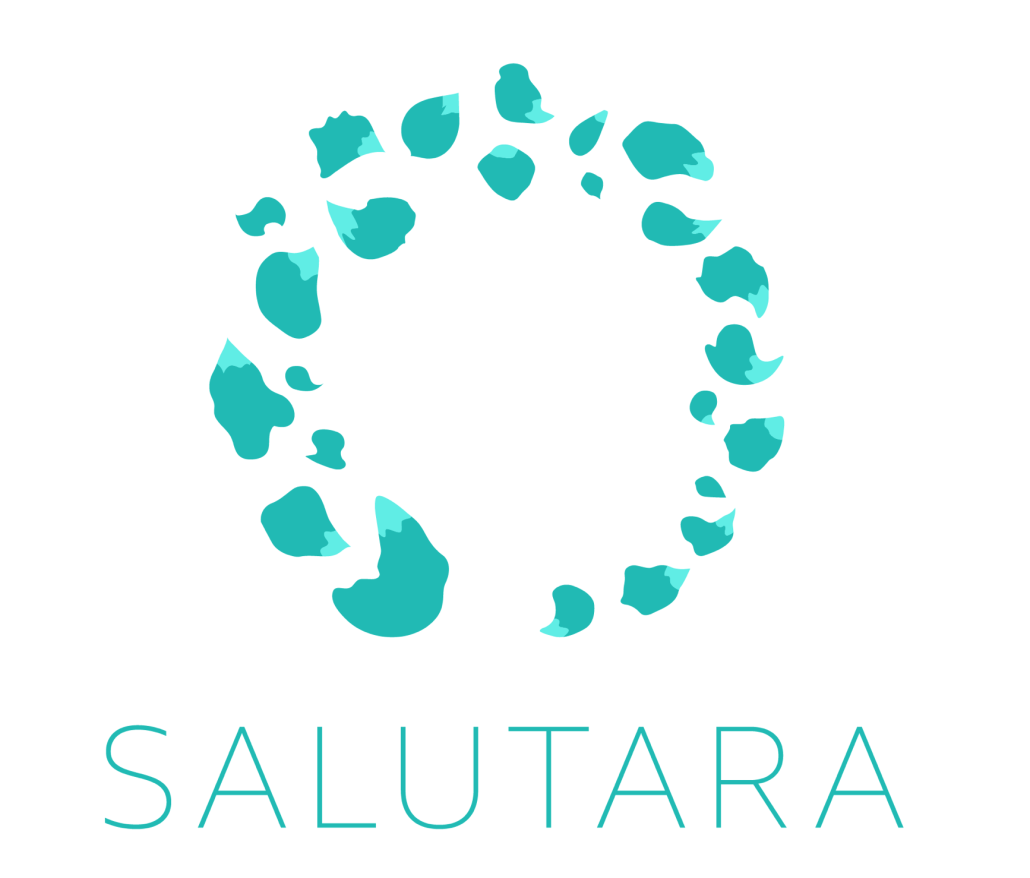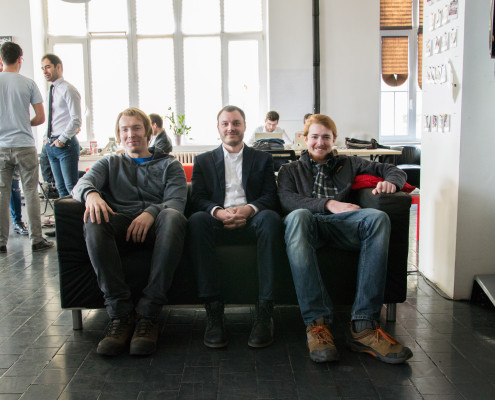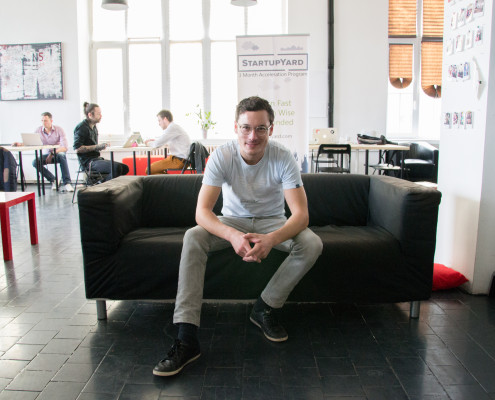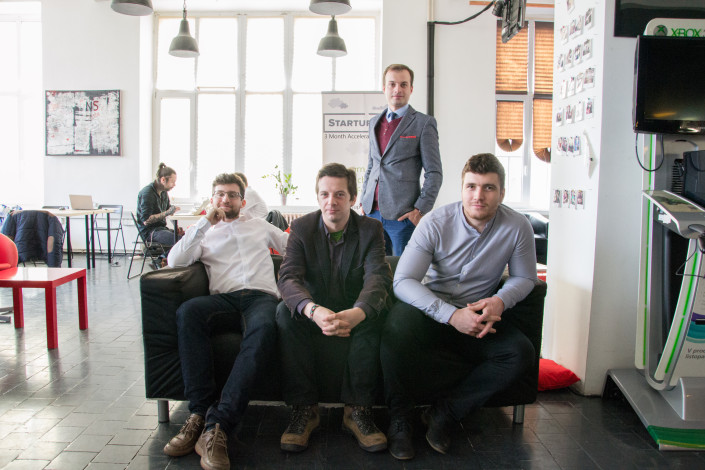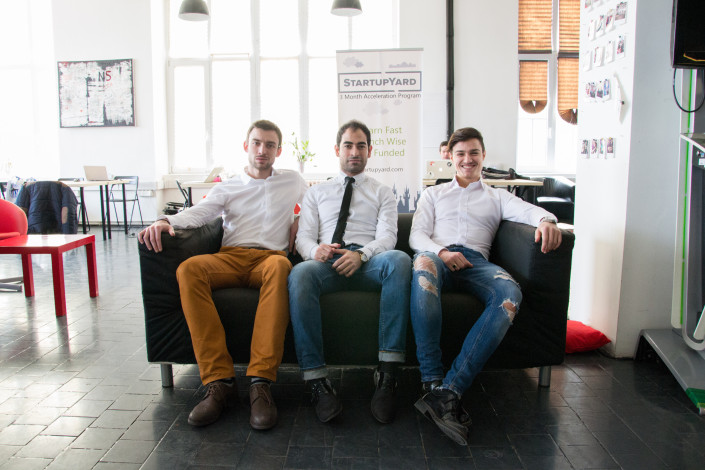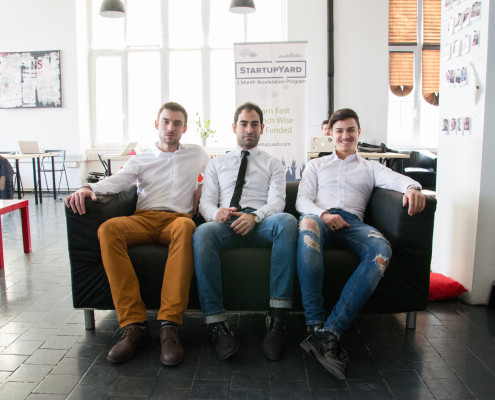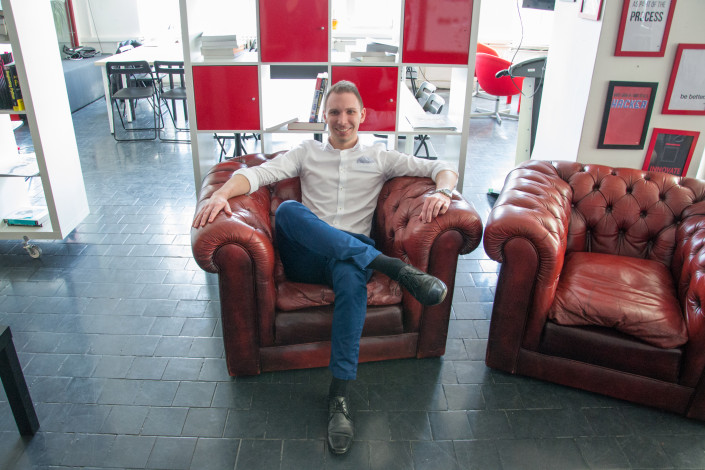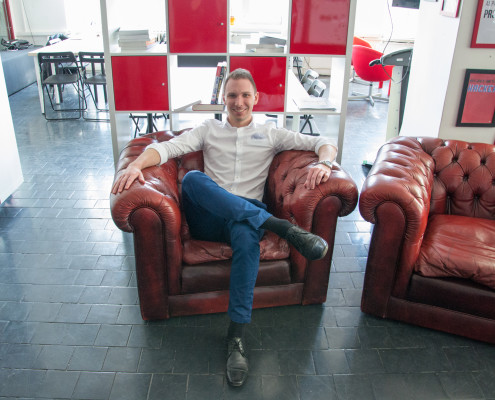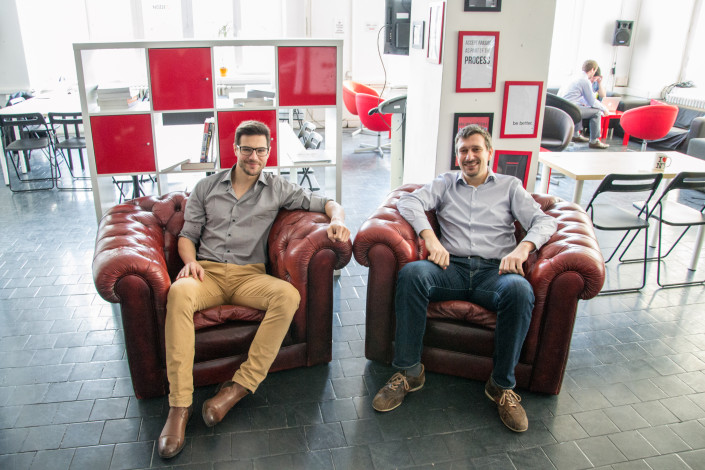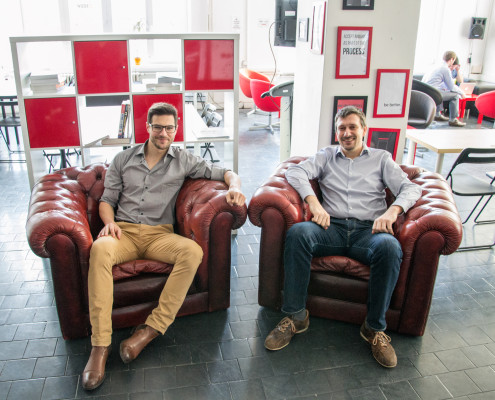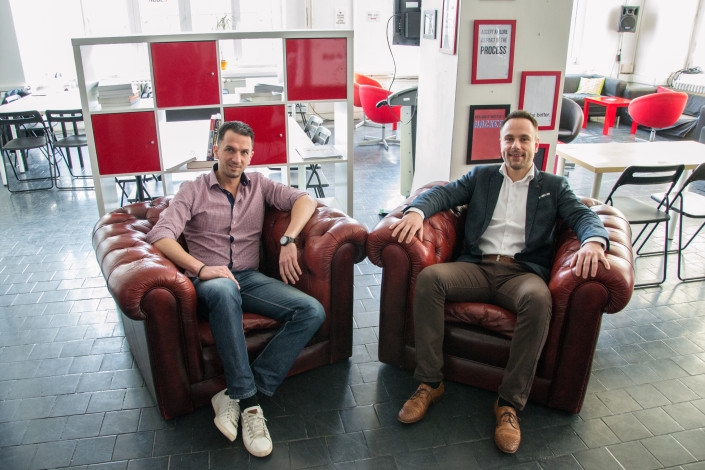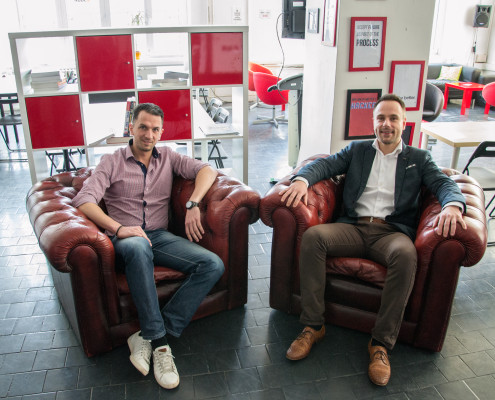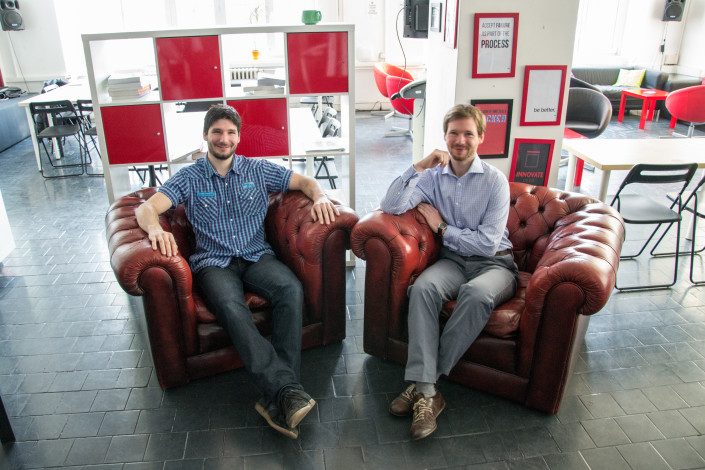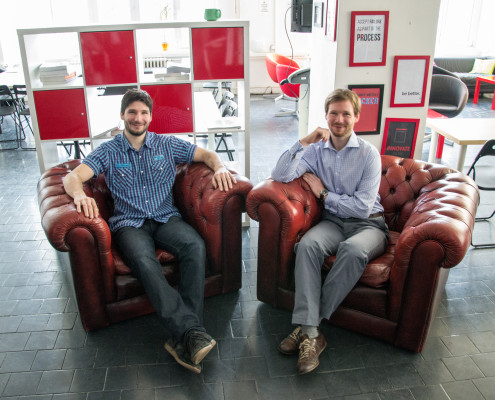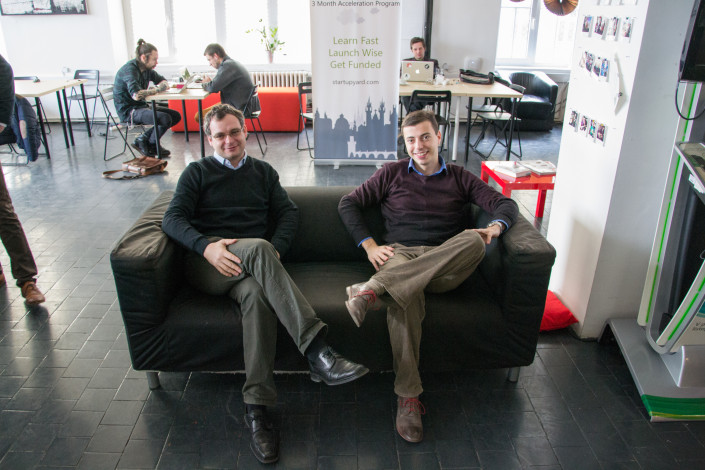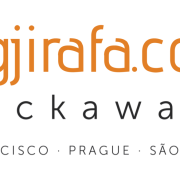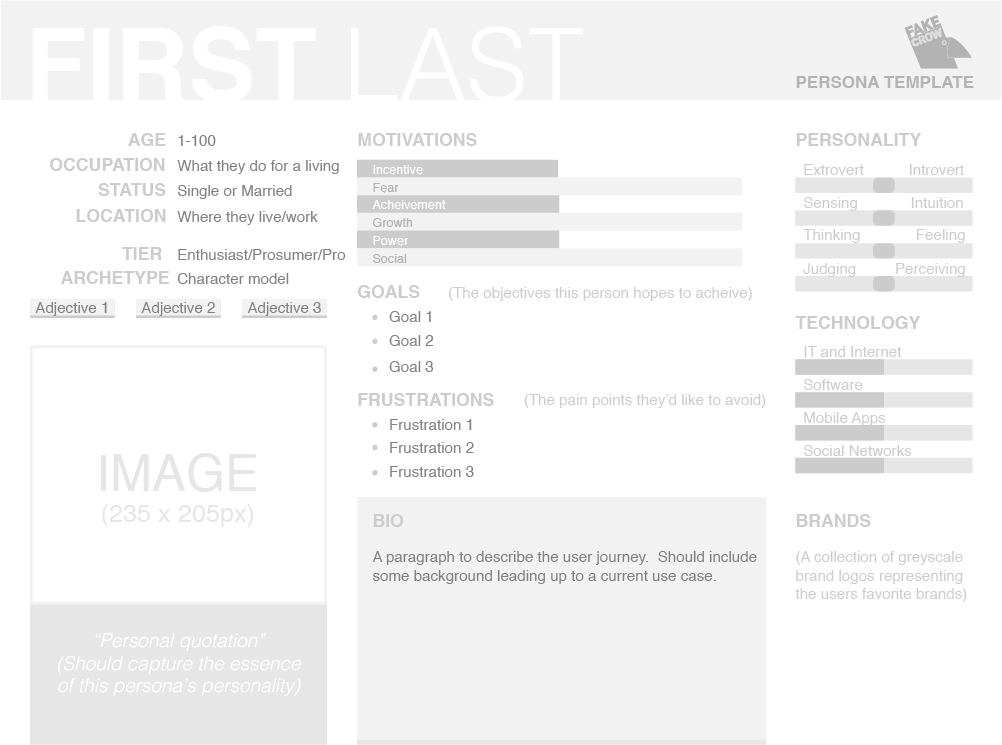Liva Judic: Storytelling Between the Lines
Liva Judic is a financial journalist turned entrepreneur. Born in Madagascar, she was educated in Europe and has lived and worked across 4 continents. As a StartupYard mentor, Liva stresses efficient communication, and connecting emotionally across cultures by telling compelling stories that resonate with all audiences. She works individually each year with our startups to open up new avenues of storytelling.
In 2010, Liva founded Merrybubbles Communications to help fuel the fire for technology startups wanting to expand internationally. She lives in Miami Beach and shuttles between there, New York, San Francisco, London, Paris and Berlin.
I caught up with Liva after her latest mentoring session with the StartupYard 2016 teams, to talk about her views on the industry, startups, and storytelling. Here’s what she had to say:
Hi Liva, welcome to our blog. Is there anything you’d really like people to know about you, that they can’t find out by reading about you on LinkedIn?
Hi! What’s not showing through my LinkedIn… a lot of things, actually. The thing that I really want to share and is connected to what I do with StartupYard is that I’m passionate about design, aesthetics, especially minimalistic approaches. You can see it through my Instagram account, mostly, and my personal site LivaJudic.com. In terms of work, it transpires in the way I approach things, notably how I structure my interactions with businesses and startups. Short and laser-focused with the goal to make a lasting impact on their progress.
You founded Merrybubbles (the branding and communications firm) in 2011. What was the original vision for the firm? How has that evolved?
At the beginning, the idea was to provide my international experience and journalistic background to companies needing to open their outreach to foreign markets, notably English-speaking ones and mostly the U.S. Our first client was GDF Suez Trading and from there on, we started working with startups with ambitions to move to the U.S. in general. We pivoted, as per startup language, last year from an all-marcoms approach to a strictly branding offer, both strategy (which precludes all communications for any company) and implementation. And instead of purely startups, we have both narrowed and widened (I know, sounds contradictory but you’ll see what I mean) our focus to change makers/game changers. It means first, recognizing that small businesses and startups with women or minorities at their helm are a force to be reckoned with: they are innovators, just because of that leadership choice. It also means that we want to find businesses/startups with technologies or products that are making an impact on their ecosystems, improving quality of life, one way or another.
What makes Merrybubbles different from a typical branding and communications agency?
We only offer one product now (see, the narrowing down is surfacing…) Our approach is very streamlined to ensure maximal impact and ROI for our clients: we only sell one product. Yes, really. We work in a two-step process: we first lead a discovery and analysis of the business/startup in order to put together their brand identity and give the client the one-pager blueprint at the end of the very same day. That’s what we call Primer. Then, we narrow it down with them to execute on it: we ask specifically that the client has access to a screen (phone, tablet or computer) during business hours so we can communicate with them seamlessly for the following four days after Primer. At the end of that fourth day, they will leave with a logo, website, 4 social media profiles or pages of their choices, business card design and a one pager or a landing page for their specific need. In five business days, they are ready to launch.
You emphasize that Merrybubbles is focused on women and minority led organizations, yet you also mentor at the very male, very European StartupYard. Women make up a huge part of the market for emerging tech products, but we’ve struggled to attract women entrepreneurs to our program since the beginning. What could we be doing better, from your perspective?
Bear in mind that I’ve always worked (and thrived because it never bothered me) in male-dominated industries: financial journalism, diplomacy and government, tech startups. So being with StartupYard is not something out of the blue. I’m always happy to represent women in areas where there are so few of us, and it’s part of my thinking to actually organically integrate where women are scarce, a bit like a statement that we can do it: if I can do it, we all can.
What I would say is that StartupYard has three points of leverage. One, you can onboard more female mentors. There are a lot of women with incredible track records out there who would be amazing adds to your roster of mentors. Number two, encourage applicants who have women in their teams or at the helm of those teams. How you do that is by communicating your awareness and support for more diverse teams. I know there are great diverse teams in Eastern Europe. I have met a few, especially when I am in Berlin, where I spend a fair amount of time. One was from Croatia and is now doing quite well for themselves, as they went through YC.
And of course, what you’re doing now, by giving me this opportunity to speak, is a great first step! Let’s keep doing more such things, I’ll be happy to support your efforts.
You emphasize storytelling in your startup mentorship. What does good storytelling mean to you? Why is it so important
Let’s see. You meet a stranger and s/he tells you a story, random conversation. It’s really not bad. You part ways. Then, on the same day, you meet another stranger. S/He also tells you a story. But this time, it actually makes you laugh, or it reminds you of this one adventure you went on with friends a while ago where you had felt so empowered, or it made you shiver… you part ways. A week after, you are telling a friend about that weird day where you had random conversations with two complete strangers. You can’t remember their names. Not really. But the one thing that you will remember is how that second stranger made you feel. That will stick with you. And you are able to tell the story s/he shared with you that day. The first story? Maybe vague details.
Now, apply that to startups and pitches. Instead of you, the recipient of the stories are investors or users. That’s why it’s so important. You weave your story to make an emotional impact and that’s how you relate to your audience. That’s why it’s crucial to nail your branding: it’s not just the logo and marketing collaterals, it’s the unsaid, what is between the lines that will make your story the best — it’s what is invisible but can only be perceived emotionally.
We hear quite a lot about “branding” these days. What does branding really mean to you, and what should it mean to startups in Central Europe?
I think my previous response gives you a good idea of what branding should be. Don’t focus just on your logo or website as objects. Focus on them as a medium to convey the full experience of what you offer. This is why, for instance, we offer the Primer phase: we find out everything about the startup, its team, its values, its mission, its goals, but also the story of how the team member got together, what glues them together. We want to find out what makes them tick, what they hate. Of course, we want to see their vision. I always tell clients that we are exploring their full universe in order to be able to activate all 5 senses. Touch, feel, smell, see, taste. That’s how we are able to then build a brand identity that aligns with the startups’ values and culture. As regards startups and businesses from Central/Eastern Europe, this is how they can be authentic and genuine — and that, in turn, will allow them to be universal, go to foreign markets.
We often hear that European startups are “behind” those in the US or in Britain, particularly as it concerns marketing principles and communication skills. Of course the real picture is more subtle. Do you think there are mistakes in the overall narrative that US startups are “ahead” of others around the world?
It is a reality that the level of maturity of startup ecosystems around the world are different. It’s like with electronics. Do you remember the beginning, when the U.S. was making calculators, fax machines and even computers? What was the economic phase in Asia? It was copying. Then comes innovation, they started iterating faster, then took over: look at what happened with Samsung, for instance. You can’t burn through the stages, it takes time. It’s not just the startups, it’s also investors. In a place like Berlin, investors are still very shy and the startups are still used to presenting perfect solutions instead of MVPs to those investors. So their development phase is slowed down by a lack of funding. In the meantime, investors in the U.S. have had quite some time to become familiar with the startup ecosystems. They are bold and bet very early on, even at the stage of ideas, with no product yet. I’m not saying it’s better, it’s just different paradigms.
One thing that is VERY important to be aware of, however is this: regardless of the maturity of the market, developers in Europe, and more specifically in Central/Eastern Europe, are extremely skilled. Proof is, some of the most successful startups in Silicon Valley have gone through the process of working with remote teams from the region.
It’s important to look at the whole ecosystem, not just one side.
You met with the StartupYard startups recently. What did you learn from the experience?
This is my second year mentoring at StartupYard. As you asked me before about startups in Europe vs the U.S., I have to say that the level of maturity of this cohort is striking. Last year, they were good, and this year, they are even better. I’m not bashing on last year, no, that’s not what I mean. On average, the level of readiness overall, for seed stage startups, was pretty damn good. I am still involved with some of last year’s batch. You know, it’s also about who you click with. I believe a few of them will do really well. And this year is no exception. I’m very happy to be a mentor for StartupYard and very grateful for this opportunity too.



